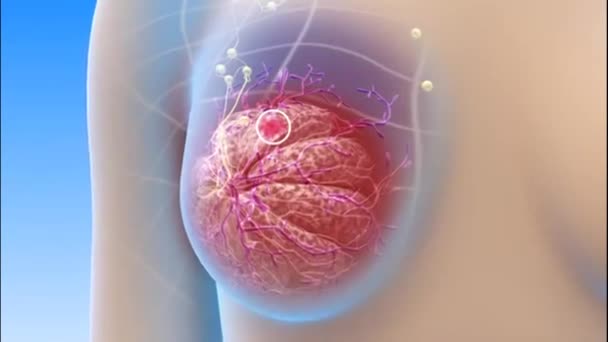Demystifying Abdomen Ultrasound Terminology
Abdomen ultrasound examinations play a crucial role in diagnosing various medical conditions affecting the abdominal organs. These non-invasive procedures utilize sound waves to produce real-time images of the internal structures. If you’re scheduled for an abdomen ultrasound, it’s important to familiarize yourself with the terminology and understand what the radiologist might be looking for during the examination. In this article, we will demystify the abdomen ultrasound terminology to help you grasp the key concepts and facilitate effective communication with your healthcare provider.
- Understanding Abdominal Anatomy:
Before delving into the terminology associated with abdomen ultrasound, it’s essential to have a basic understanding of the abdominal anatomy. The abdomen houses several vital organs, including the liver, gallbladder, pancreas, kidneys, spleen, and intestines. Each organ plays a unique role in maintaining the body’s overall health and functionality.
- Abdomen Ultrasound Procedure:
During an abdomen ultrasound, a transducer is placed on the patient’s skin, emitting high-frequency sound waves that bounce back to create images of the abdominal organs. This painless procedure enables radiologists to visualize and evaluate these organs for abnormalities such as tumors, stones, cysts, or inflammation.
- Common Abdomen Ultrasound Terminology:
3.1 Liver:
The liver is the largest organ in the abdomen and performs numerous vital functions, including detoxification, production of bile, and metabolism of nutrients. When analyzing the liver during an ultrasound, the radiologist may use terms such as hepatomegaly (enlarged liver), liver steatosis (fatty liver), or liver masses indicative of tumors.
3.2 Gallbladder:
The gallbladder is a small pear-shaped organ located beneath the liver. It stores bile produced by the liver and releases it during digestion. In an abdomen ultrasound, the radiologist may assess the gallbladder for the presence of gallstones, inflammation (cholecystitis), or other abnormalities affecting its functionality.
3.3 Pancreas:
The pancreas, positioned behind the stomach, produces insulin and digestive enzymes necessary for proper digestion. Ultrasound terminology related to the pancreas can include pancreatitis (inflammation), pancreatic cysts, or pancreatic tumors.
3.4 Kidneys:
The kidneys filter waste products from the blood, maintain fluid and electrolyte balance, and regulate blood pressure. Abdomen ultrasounds often focus on the kidneys to assess their size, shape, and the presence of kidney stones, cysts, or tumors.
3.5 Spleen:
The spleen, located in the upper left part of the abdomen, helps filter the blood, fight infections, and store platelets. Radiologists may look for splenomegaly (enlarged spleen), splenic anomalies, or signs of injury or disease in the spleen during an ultrasound examination.
3.6 Bowel:
The bowel, consisting of the small and large intestines, is responsible for digesting and absorbing nutrients as well as eliminating waste. Ultrasound scans can identify bowel obstructions, inflammation (such as in Crohn’s disease), or other abnormalities within the gastrointestinal tract.
- Importance of Clear Communication:
Understanding abdomen ultrasound terminology allows patients to communicate effectively with their healthcare providers. When discussing examination results, you can use the specific terms mentioned above to better comprehend the findings and make informed decisions about further treatment or diagnostic procedures.
Conclusion:
Now that you’re familiar with the demystified abdomen ultrasound terminology, you can approach your ultrasound examination with confidence. Remember, the more you understand, the better you can engage in meaningful discussions with your healthcare provider. If you have any questions or concerns, don’t hesitate to reach out to your physician.





